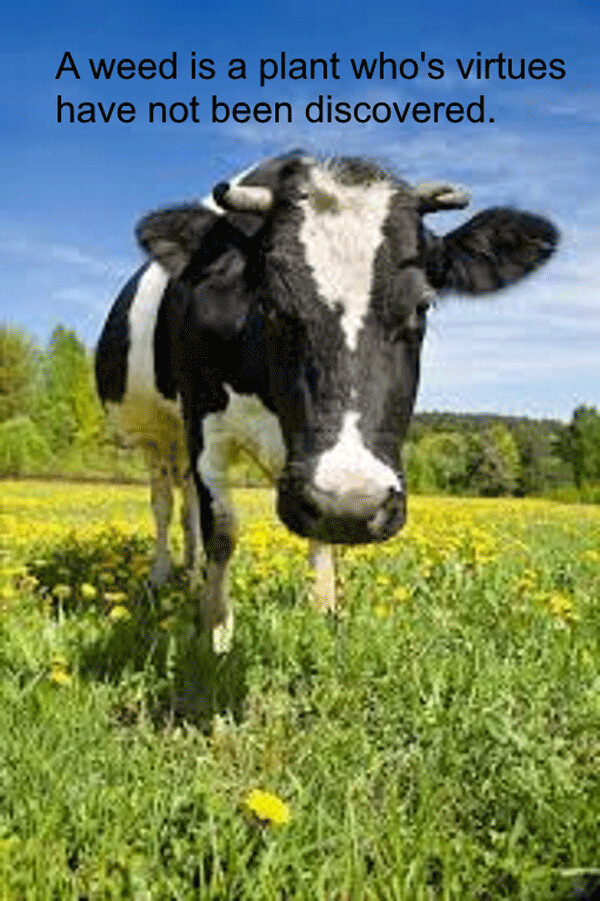Ruminations on Mowing Grass

“Consider the lilies of the field, how they grow; they toil not, neither do they spin: yet I say unto you, that even Solomon in all his glory was not arrayed like one of these.” Mathew 6:28 & 29
I thought of this the other day when I was mowing grass. The wood violets were in full bloom all over the yard. I paused to “consider” the wild flowers of the field. They don’t have to toil. They just come up with the spring rains. Neither did I have to buy them, plant them, weed them, or all the rest of the work of making a garden. I had just helped my wife plant flowers in her flower beds. This (and a couple of beers) got me ruminating on our place in, and impact on, the natural world.
We are a strange species. Wood violets are gorgeous little blue flowers. They are common spring flora in this area along with hepatica, wild strawberry, trout lilies, wood anemones, gay wings, and a number of other species. We mow them down because they are “weeds.” They are not the imported, alien grass species most people want in their lawns. They are not the few select non-native species we buy at the store and are expected to plant in the flower bed.
Most of the common bedding plants at the spring greenhouses are aliens. They originally come from Europe or Asia. Some of them are “invasive,” meaning they can out-compete native plants and create problems. In our human hubris we think we know better than nature. We are constantly altering things for our own whims, often to the detriment of ourselves and nature.
It is interesting that the same flowers (petunias, marigolds, impatiens, snapdragons, begonias, etc.) are sold in garden centers all over the country. There is no regard for variations in location, climate, or growing conditions. The corporate big boxes sell the same stuff everywhere. Local, native, adaptive species are not widely available (although you can get them if you seek them out). The plants that naturally grow in a specific area of the country, that are adapted to that location, apparently are not profitable.
Of course all these common bedding plants are raised in greenhouses using artificial means, pesticides, lots of plastic, and other environmentally destructive practices. Many are shipped thousands of miles before being sold. The carbon foot print of the lowly petunia must be huge. We consumers, even those of us who are liberal environmentalists, literally buy into this destructive system every spring with our consumer dollars. Many environmental and social problems result from our individual choices. We are all guilty. Too many of us are unwilling to adapt our lifestyles for the common, or our own, good.
We also have a bizarre desire to promote one alien plant species over another. Many “wild” flowers are escaped aliens from other places. Buttercups, ox eye daisies, Queen Anne’s lace, and clover are examples. We consider the bucolic, pastoral field of these aliens beautiful. Dandelions are also an alien. But dandelions are anathema. We poison them, dig them up and mow them down. Yet they are just as beautiful. Why is one species good and another bad?
Of course some species are bad because they are invasive. There is a difference between being alien and being invasive. Alien, non-native plants may be common and widespread but do not create problems. They and the ecosystem have adapted to their presence. Invasive plants can do serious harm to the environment by out competing native species. They often have no predators or natural controls to keep them in check.
It occurred to me (in my excessively ruminative mood) that the notion of “alien” is a little weird. How many centuries does a poor alien plant have to dwell in the “land of the free” before they are allowed to be become a citizen? Even after they have become “naturalized” and ubiquitous they are still not native according to the purists. Maybe we need an amnesty program for alien plant species. I think we all have a little Donald Trump in us. Deport those foreign dandelions. Build a wall!
Natural plantings or xeric landscaping have caught on in many desert areas of the country. The ideal of having New England green lawns in the desert is unsustainable with the growing water issues all across the West. People are planting the local desert plants that are already adapted to the area, require less work, and consume less water. This is an eminently sensible idea that has not caught on in most of the country. Like most issues, we have to wait for a crisis before we do what is good.
Why must we have green lawns and manicured flower beds? Why aren’t we happy with nature? Are Homo sapiens control freaks? Some anthropologists think this goes back to when we first climbed down from the trees and started walking upright. Tall grass was a liability for us. Predators could hide more easily and humans, lacking in claws and teeth, needed a different strategy. So we developed a mania for clearing our territories - at least around our dens. Economists of the Thorstein Veblen school (creator of “conspicuous consumption”) think we all want to appear more affluent. English estates with large lawns and formal gardens were a symbol of wealth. We, in our own little ¼ acre urban castles, aspire to be the lords of the manor.
Personally I would just as soon let nature take its course. If you can drive down the driveway without climbing over trees and get to the front door without being eaten by the bear or the ticks, life is good. Why make more work for yourself? The 60’s cliché says “If you are not part of the solution your are part of the problem.” So I thought why mow down these wonderful wood violets? I’ll just leave them until they quit blooming. Live and let live!
But, alas, the lady of the manor is not so philosophical. I have to go. It is time to finish mowing the grass.
